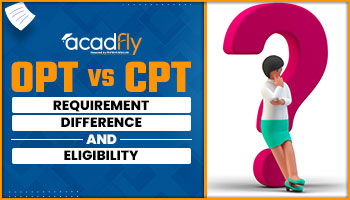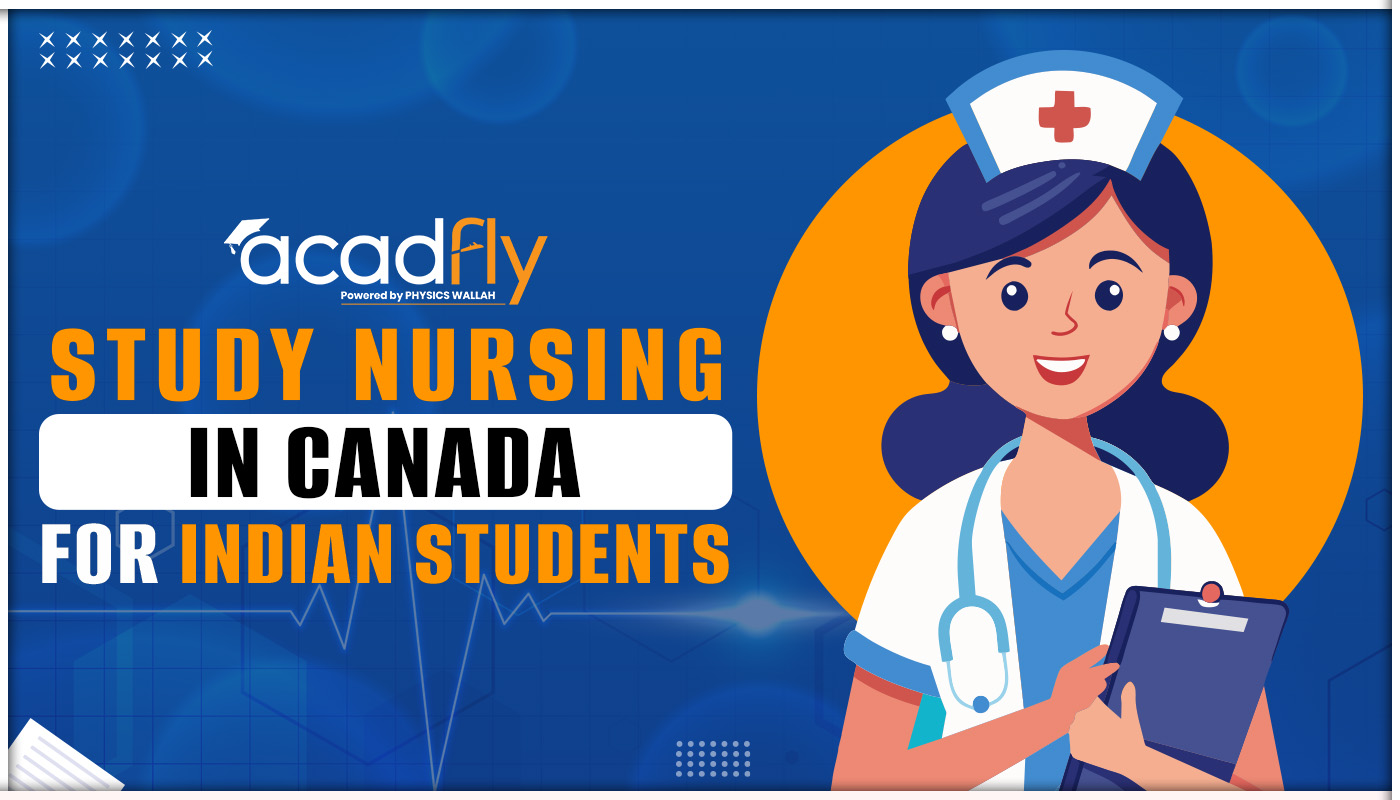

Managing post-graduation loan repayment can be particularly challenging for international students. Effective post-graduation loan repayment for international students involves understanding the available options and strategies to handle student debt efficiently. Knowing the different repayment plans, loan options, and potential forgiveness programs can help international graduates navigate their financial responsibilities and ensure a smooth transition into their careers.
Understanding Student Loan Repayment Plans for International Graduates
Post-graduation loan repayment for international students can be managed effectively with the right knowledge and approach. There are different student loan repayment plans designed to accommodate varying financial situations, including fixed monthly payments, income-driven repayment plans, and interest-only payments. Choosing the right repayment plan depends on your income and the amount of debt you need to repay.
For international graduate loan options, many students can explore refinancing or consolidating their loans to simplify their payments. Some banks and lenders also offer flexible repayment terms to international graduates, which can help reduce monthly costs. It is essential to research and compare the different options available in your host country.
Managing student debt after graduation requires careful financial planning. Creating a budget and setting aside a portion of your income for monthly payments can help you stay on track. Many international students benefit from setting up automatic payments to avoid missing due dates, which can negatively impact their credit scores.
Lastly, some countries offer loan forgiveness programs as part of their student loan repayment strategies. These programs may reduce or even eliminate a portion of the loan debt for students who work in specific fields or meet certain criteria. Although these programs may be limited for international students, it's worth exploring any available options in the country where you studied.
Exploring International Graduate Loan Options
When looking for the right loan options after graduation, it's important to explore all available choices. Here are some key options:
Refinancing Student Loans for Better Terms
Refinancing allows graduates to combine multiple loans into one with a lower interest rate. This can simplify repayment and reduce monthly payments, making it easier to manage finances.
Loan Consolidation for Easier Management
Loan consolidation merges several loans into a single loan, often with a fixed interest rate. This option simplifies the repayment process by creating one monthly payment instead of multiple payments.
Private Loans for International Graduates
Some private lenders offer loans specifically for international graduates. These loans come with flexible terms, but it’s essential to compare interest rates and repayment options before deciding.
Income-Based Repayment Plans
Income-based repayment plans adjust monthly payments based on your income. This ensures that payments remain manageable, especially for graduates just starting their careers.
Seek Out Employer Loan Assistance Programs
Some employers provide loan repayment assistance as part of their benefits. Exploring whether your employer offers such programs can significantly reduce your loan burden over time.
Managing Student Debt After Graduation: Key Strategies
Managing student debt after graduation can be overwhelming, but with the right strategies, you can pay off your loans more effectively. It's important to focus on key methods that can help reduce financial stress and make repayment manageable. Below are some essential strategies to consider when dealing with student debt after graduation.
Prioritize High-Interest Loans First
When managing student loans, paying off high-interest loans first reduces the overall amount you pay. These loans accumulate more interest, so prioritizing them can lower long-term costs. This strategy also helps you get out of debt faster.
Set Up Automatic Payments to Avoid Late Fees
Setting up automatic payments ensures you never miss a payment deadline. Missing payments can lead to late fees and damage your credit score. Some lenders even offer discounts on interest rates for setting up automatic payments.
Create a Realistic Budget for Loan Repayment
Creating a budget that factors in your loan payments helps you stay on track. Allocate a portion of your income specifically for loans, making sure other expenses are covered as well. This approach makes debt repayment more manageable.
Explore Loan Forgiveness Programs
Some loan forgiveness programs are available for certain professions or public service jobs. These programs can cancel a portion of your debt after meeting specific requirements. It's a great option to consider if you qualify.
Refinance or Consolidate Loans for Better Terms
Refinancing or consolidating your loans can reduce your monthly payments or lower interest rates. This can make loan repayment easier by combining multiple loans into one with better terms, simplifying your financial obligations.
Loan Forgiveness Programs for International Students
Before considering loan repayment options, it's important to understand that some loan forgiveness programs may also be available for international students. These programs can help reduce your overall debt if you meet certain eligibility requirements, especially in specific fields or through public service.
|
Program Name |
Eligibility Criteria |
Benefits |
|
Public Service Loan Forgiveness (PSLF) |
Work in a qualifying public service job |
Forgiveness of remaining loan after 120 payments |
|
Income-Driven Repayment Forgiveness |
Enrolled in an income-driven repayment plan |
Loan balance is forgiven after 20-25 years of payments |
|
Teacher Loan Forgiveness |
Teach in low-income schools |
Up to $17,500 of loan forgiveness |
|
Health Professional Loan Repayment Program (HPLRP) |
Work in underserved healthcare areas |
Forgiveness of a portion of medical student loans |
|
State-Specific Forgiveness Programs |
Meet state-based eligibility criteria |
Varies by state, often profession-specific |
|
Employer Student Loan Repayment Assistance |
Employed by a company offering this benefit |
Employer pays a portion of your loan balance |
|
Nonprofit Sector Forgiveness Programs |
Work for qualifying nonprofit organizations |
Loan balance is forgiven after a set period |
|
Military Student Loan Forgiveness |
Serve in the military or related roles |
Full or partial forgiveness of student loans |
Effective Student Loan Repayment Strategies for Recent Graduates
To effectively manage and repay student loans after graduation, it’s important to implement strategies that will help you handle your debt efficiently. Here are some key approaches to consider:
Create a Budget and Stick to It
Start by assessing your monthly income and expenses to create a budget that includes your student loan payments. This helps you allocate funds effectively, avoid missing payments, and manage other essential costs.
Consider Income-Driven Repayment Plans
Income-driven repayment plans adjust your monthly payments based on your earnings. This option can make your payments more manageable if your income is low, ensuring that your loans remain affordable.
Make Extra Payments When Possible
Any additional income, such as bonuses or tax refunds, can be used to make extra payments on your loan principal. This reduces the amount of interest you’ll pay over time and helps you pay off your loan faster.
Explore Refinancing Options
Refinancing your student loans can lead to lower interest rates and better terms. If your credit has improved or you have a stable income, refinancing may help you save money by reducing your monthly payments and overall interest.
Take Advantage of Loan Forgiveness Programs
Certain fields, like public service or healthcare, offer loan forgiveness programs that can reduce or eliminate your debt after you’ve made a specific number of payments. Explore these programs to potentially lessen your loan burden.
Frequently Asked Questions
1. What are the common repayment plans for international students after graduation?
2. Are there specific loan forgiveness programs available for international students?
3. Can international students refinance their loans after graduation?
4. How can international students manage student debt effectively after graduation?
5. What should international students consider when choosing a repayment plan?









